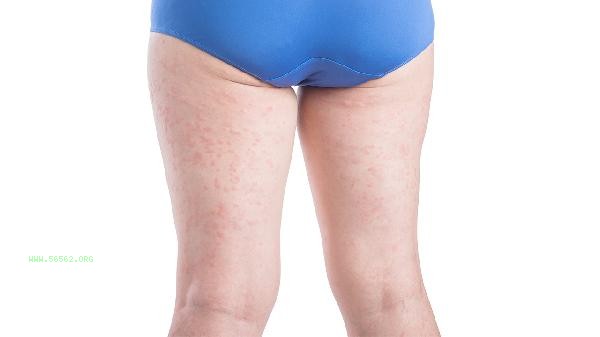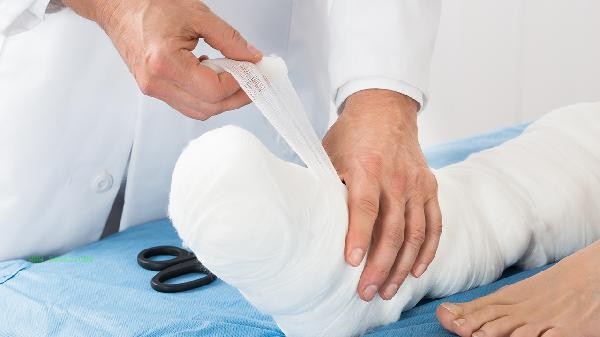After intense exercise, thigh muscle soreness can be relieved through methods such as hot compress, stretching and relaxation, supplementing nutrition, moderate massage, and cold compress. Muscle soreness is usually caused by lactic acid accumulation, muscle fiber micro damage, inflammatory response, electrolyte imbalance, excessive exercise intensity, and other reasons.

1. Hot compress
Hot compress can promote local blood circulation, accelerate lactate metabolism, and alleviate muscle stiffness. 24 hours after exercise, you can use a hot towel or warm water bag to apply to the sore area, with a temperature controlled at around 40 degrees Celsius, for 15 minutes each time. Avoid direct contact with the skin during hot compress, which may cause burns. The effect is better when combined with mild activity after hot compress.
2. Stretching and Relaxing
Static stretching is performed on the anterior quadriceps and posterior hamstring muscles of the thigh, with each movement lasting for 20 seconds. Stretch the front of the thigh by hooking the foot after standing, and stretch the back of the thigh by bending forward while sitting. Breathe evenly during stretching to avoid secondary damage caused by elastic stretching. The stretching effect immediately after exercise is better than the next day.
3. Supplement nutrition
Within 2 hours after exercise, supplement foods containing high-quality protein and carbohydrates, such as eggs, chicken breast, and whole wheat bread. Protein helps repair damaged muscle fibers, while carbohydrates supplement muscle glycogen. Moderate intake of bananas or nuts containing magnesium and potassium can regulate electrolyte balance. Avoid high-fat foods that affect absorption efficiency.

4. Moderate massage
Use the palm root or fascia gun to gently press along the muscle direction, pushing from the knee towards the hip joint. The massage intensity should be light and slightly acidic, avoiding protruding bone areas. Massage can break down adhered fascial tissue, but deep massage is not recommended during acute swelling. Can be combined with menthol topical drugs to enhance the effect.
5. Cold compress
Ice compress immediately after exercise can reduce inflammatory reactions. Wrap a towel with an ice pack and apply it to the sore area for 10 minutes each time. Cold compress can constrict blood vessels and reduce tissue fluid leakage, but it is not recommended to continue using it after 48 hours. The alternating cold and hot compress method can be applied cold for 10 minutes and then hot for 5 minutes, with a cycle of two to three times.

It is recommended to ensure at least 7 hours of rest time after exercise, as the secretion of growth hormone during sleep helps with muscle repair. The next day, low-intensity exercises such as swimming and slow cycling can be performed to promote recovery. If the soreness persists for more than 5 days or is accompanied by joint pain and urine discoloration, rhabdomyolysis should be investigated. Daily exercise should follow the principle of gradual progress, with sufficient warm-up before exercise and organizing activities after exercise. Long term exercise enthusiasts can regularly engage in yoga or Pilates training to improve muscle flexibility and reduce the risk of sports injuries.








Comments (0)
Leave a Comment
No comments yet
Be the first to share your thoughts!